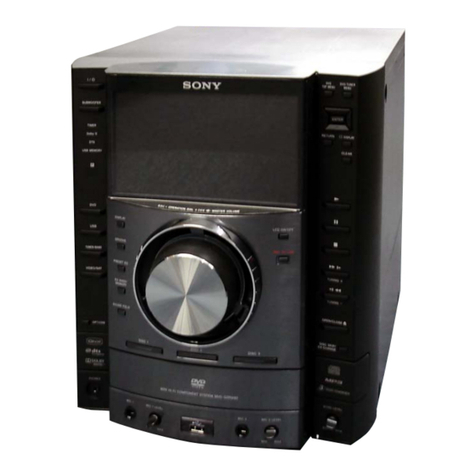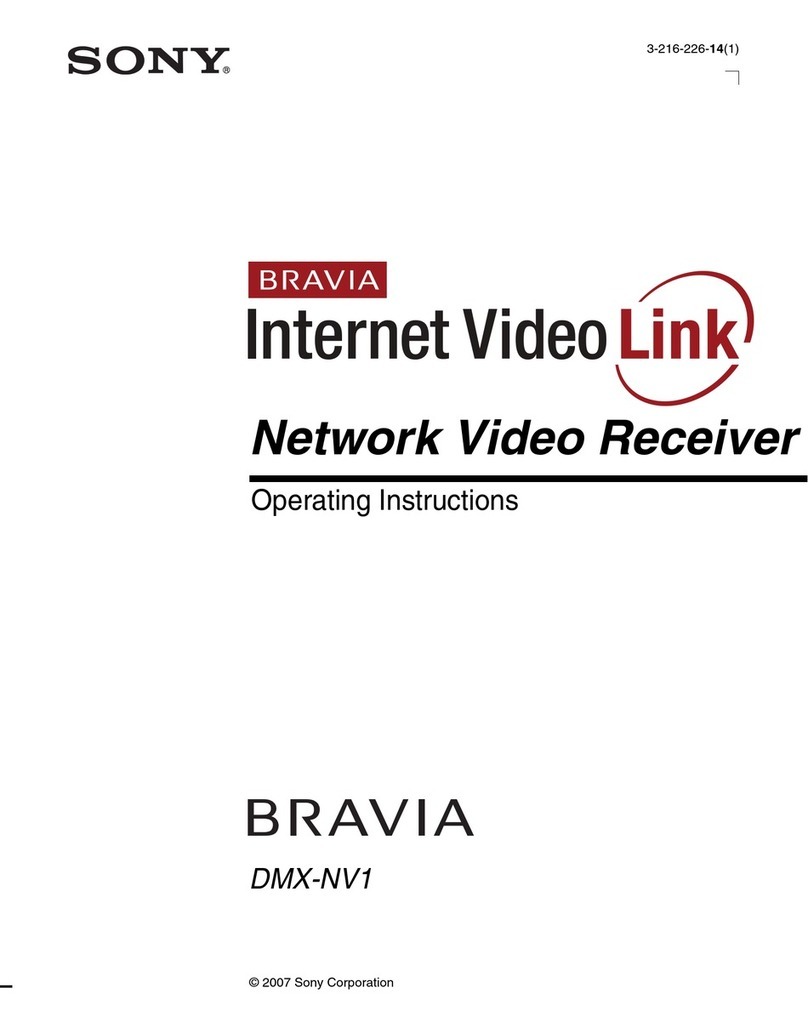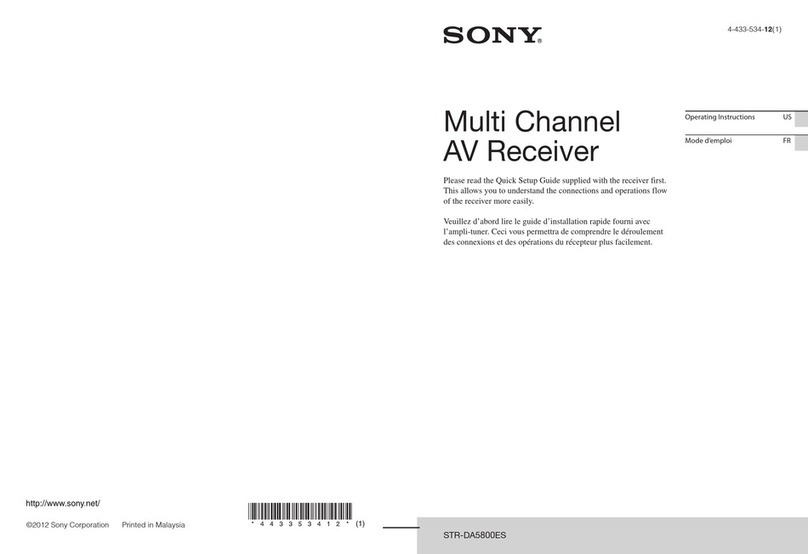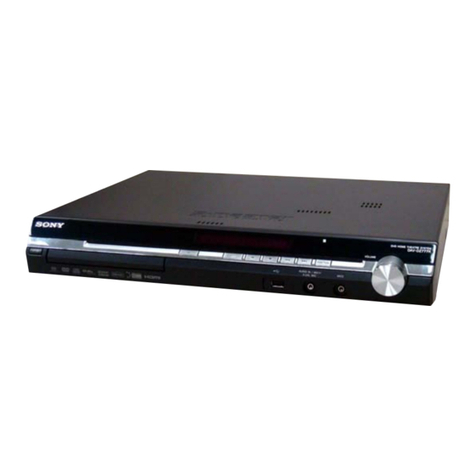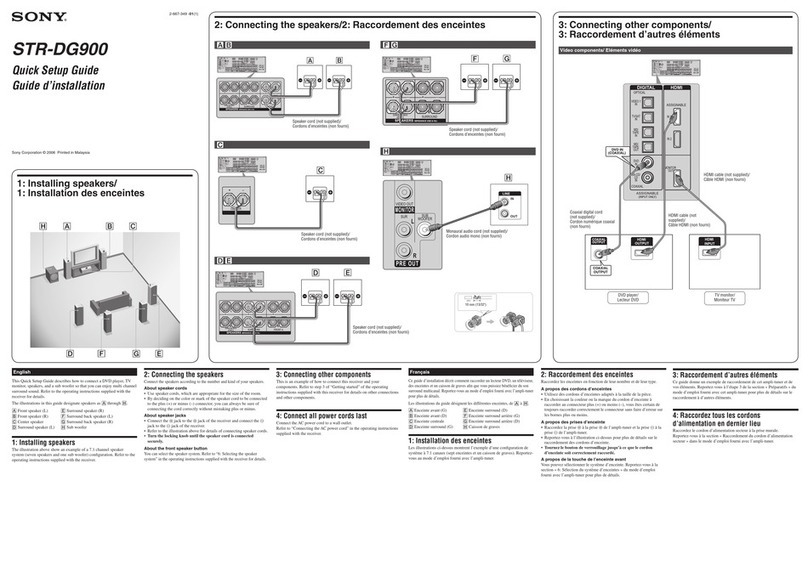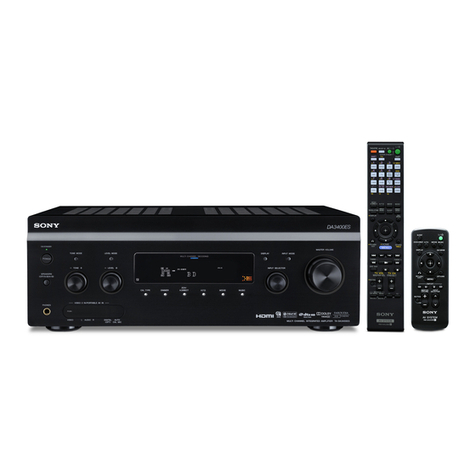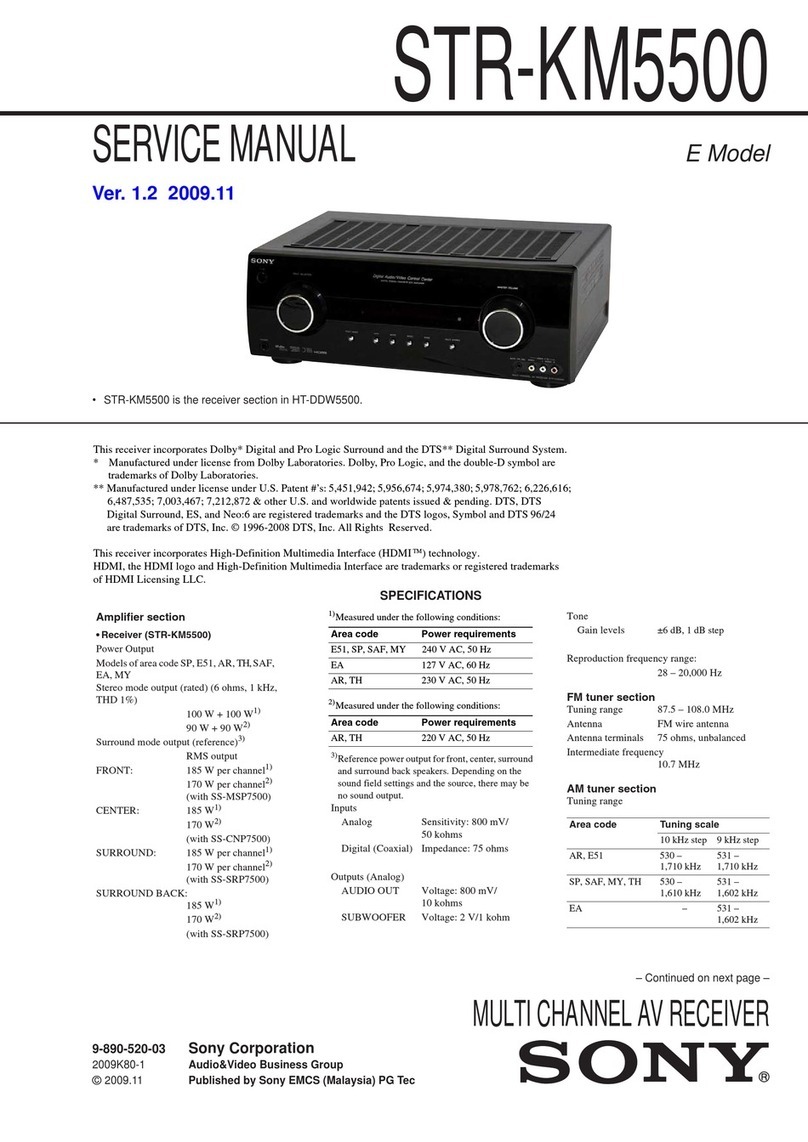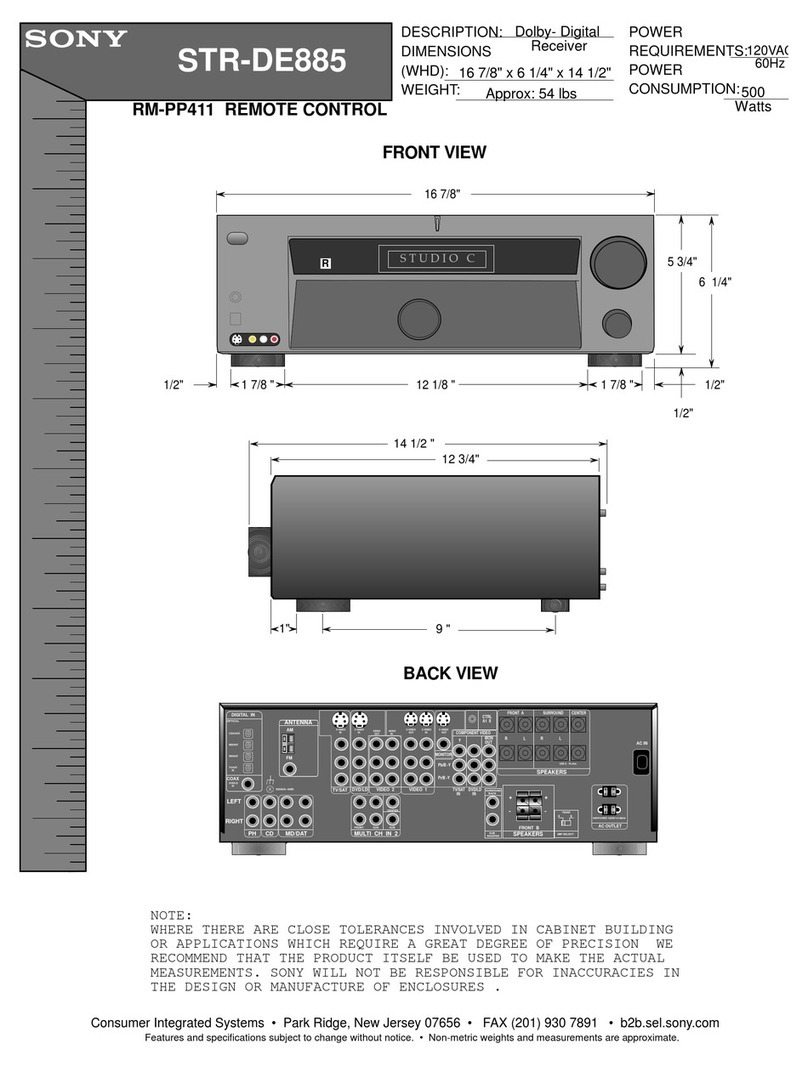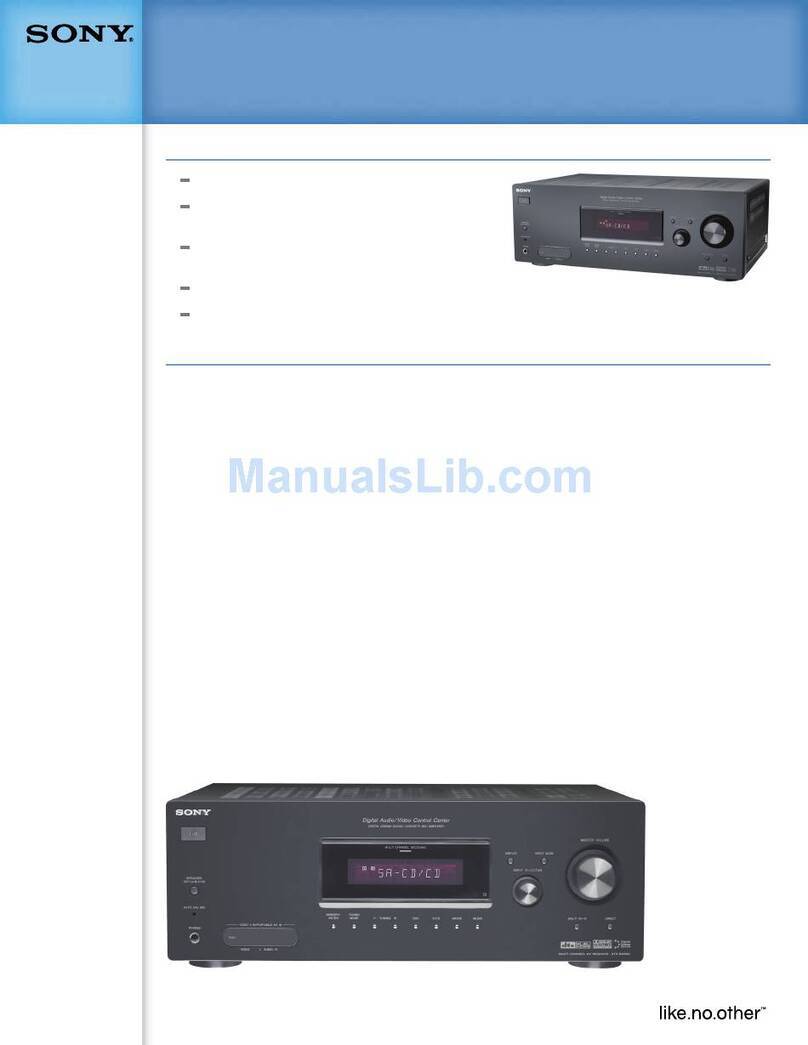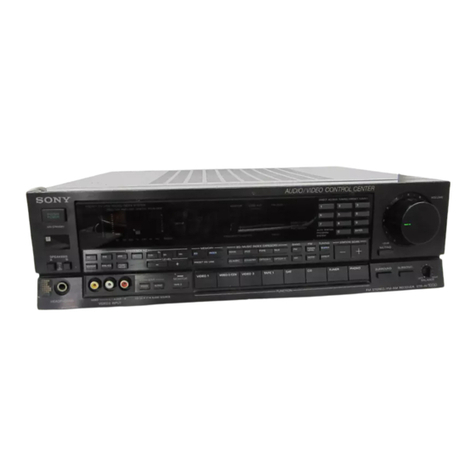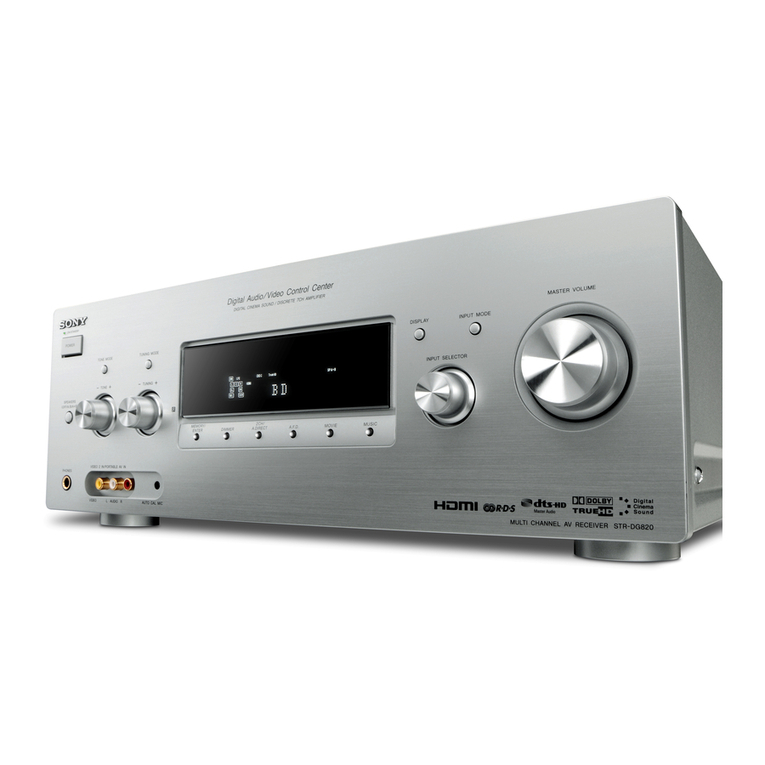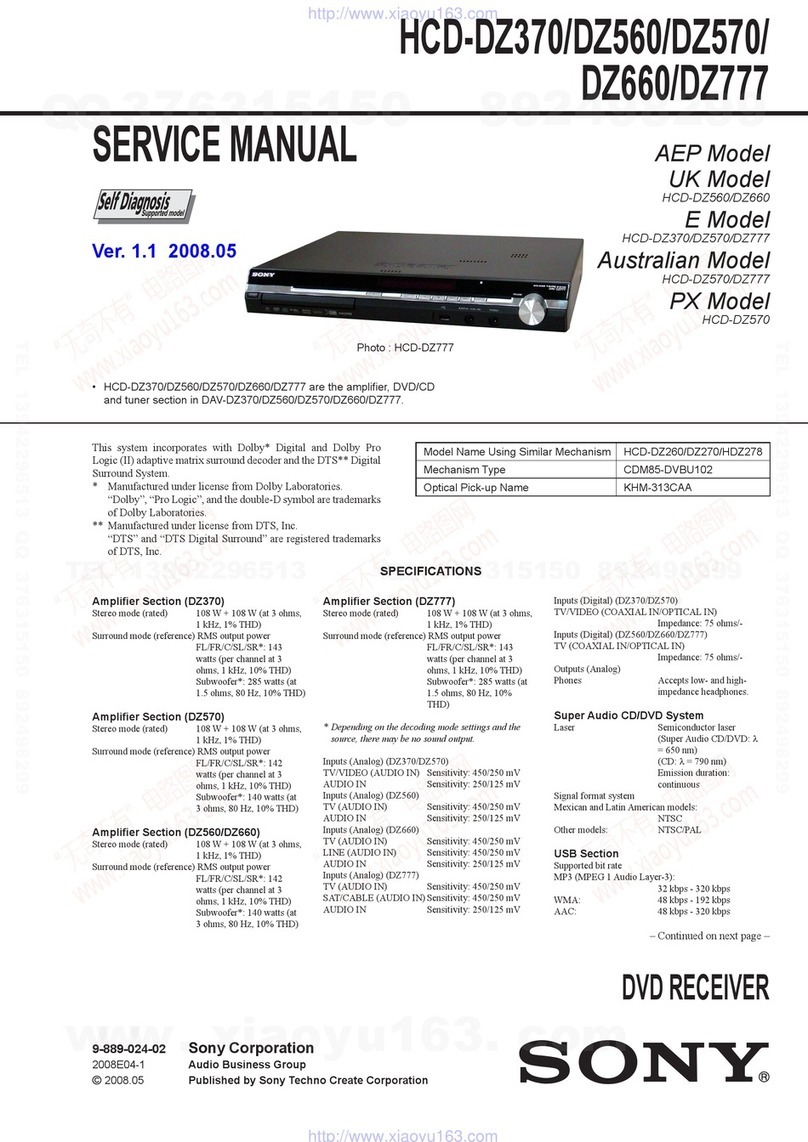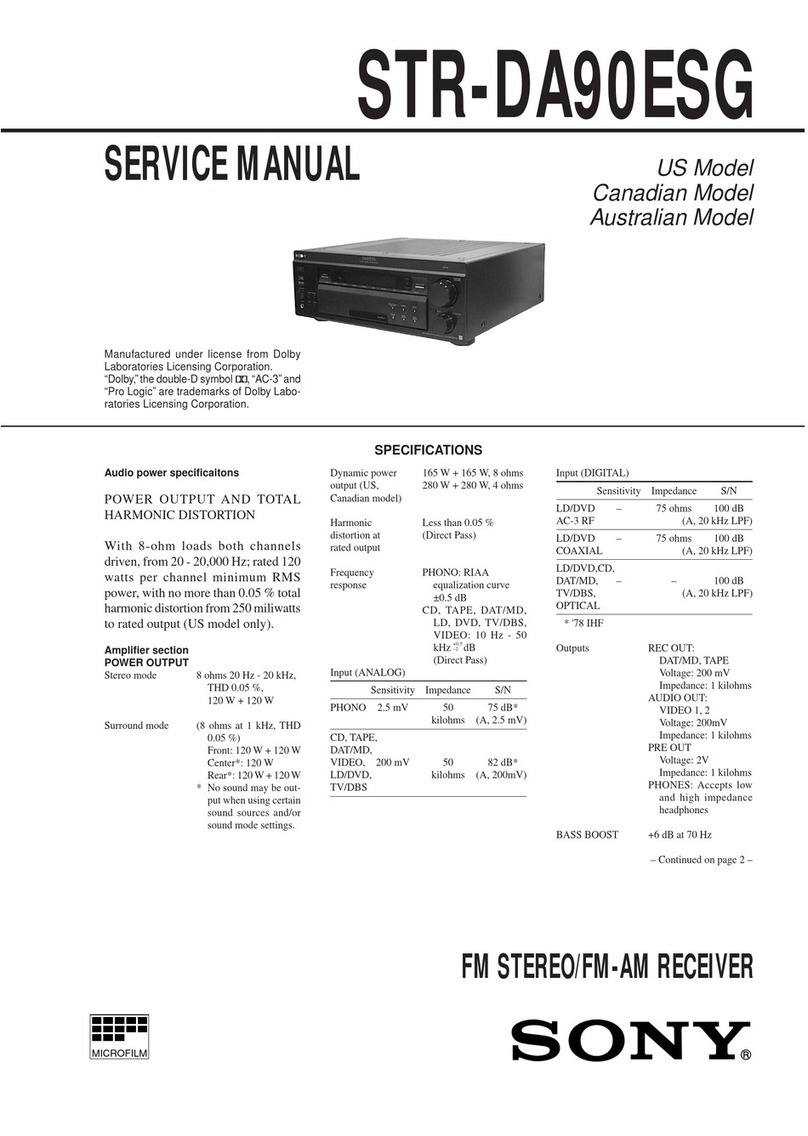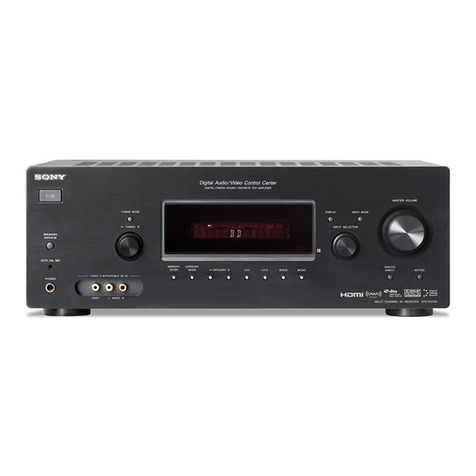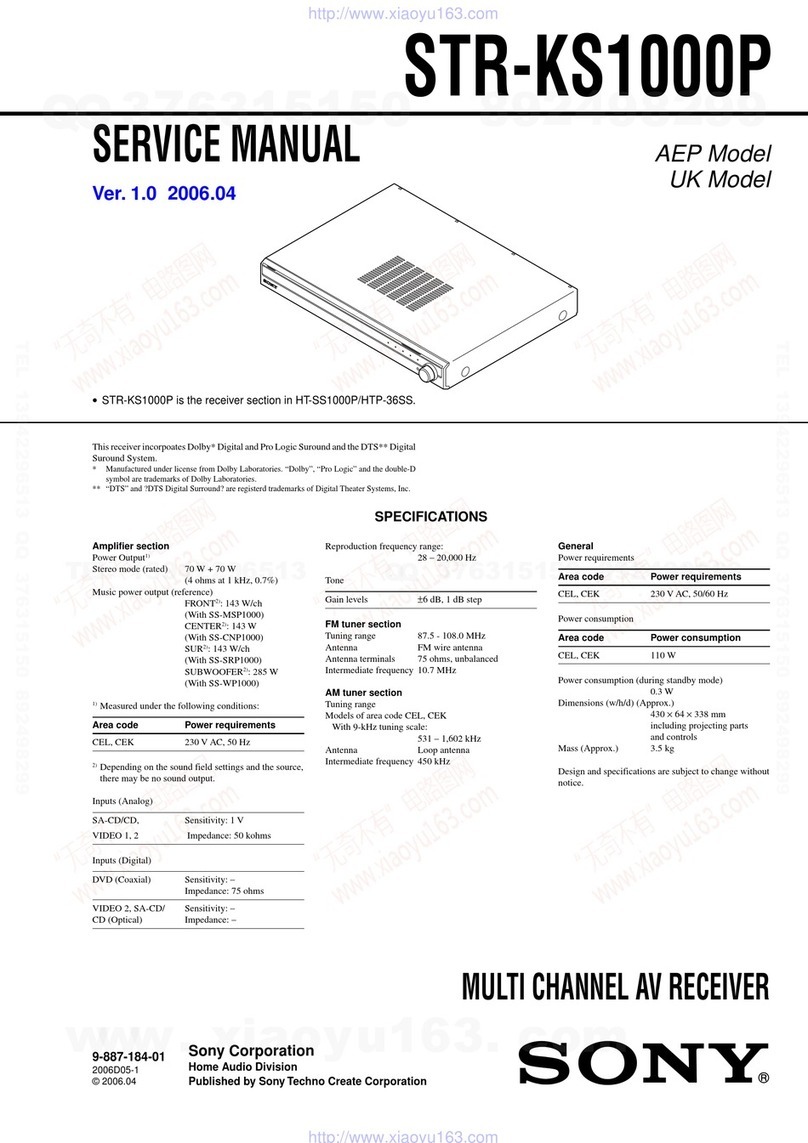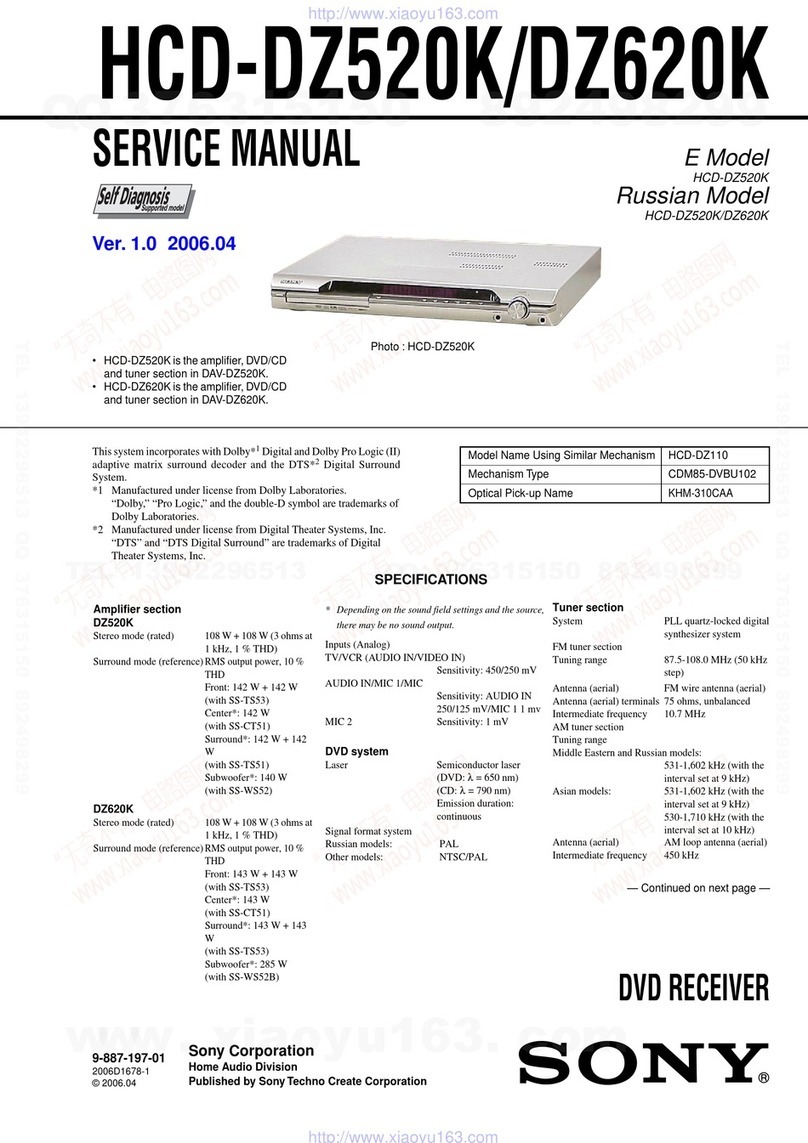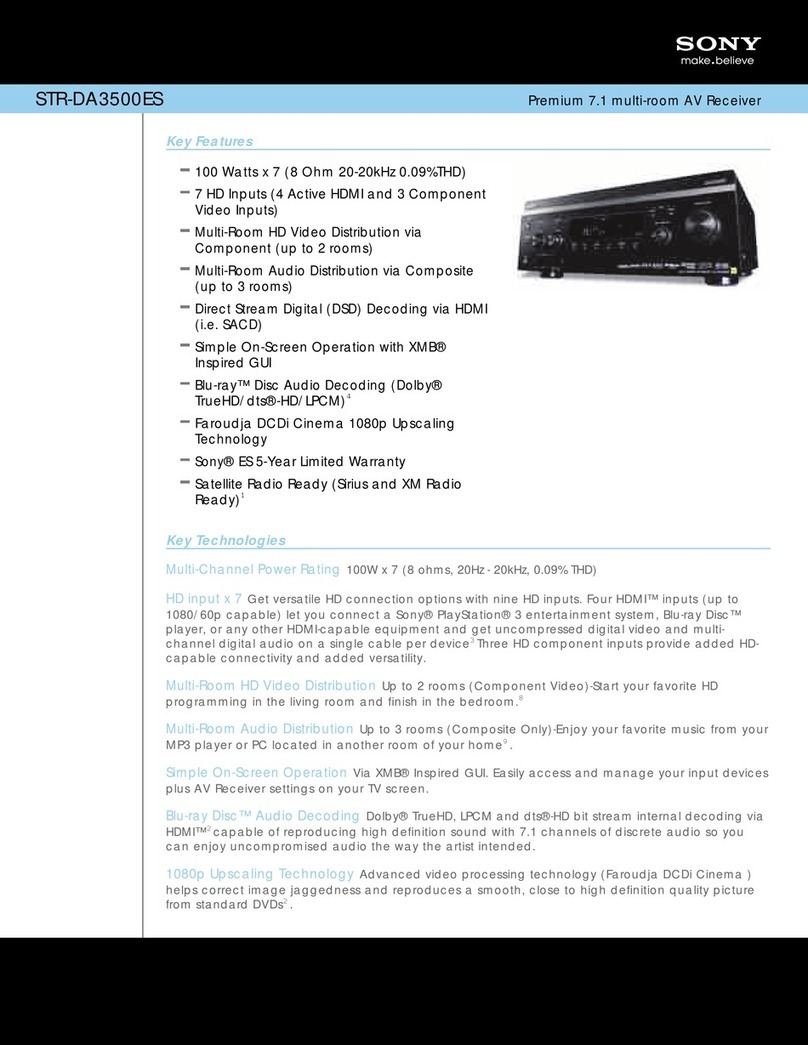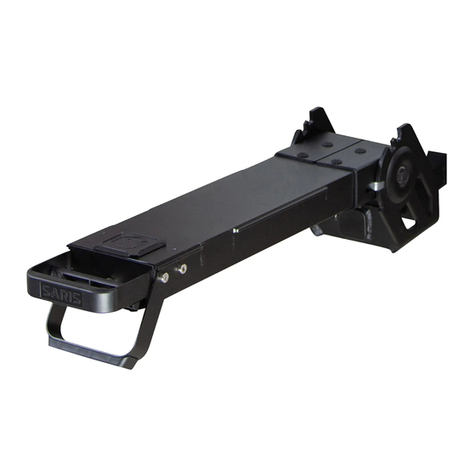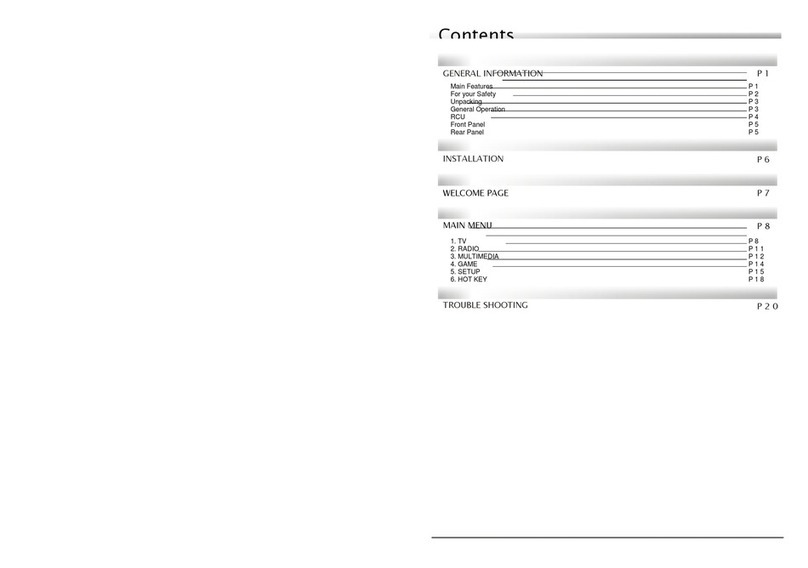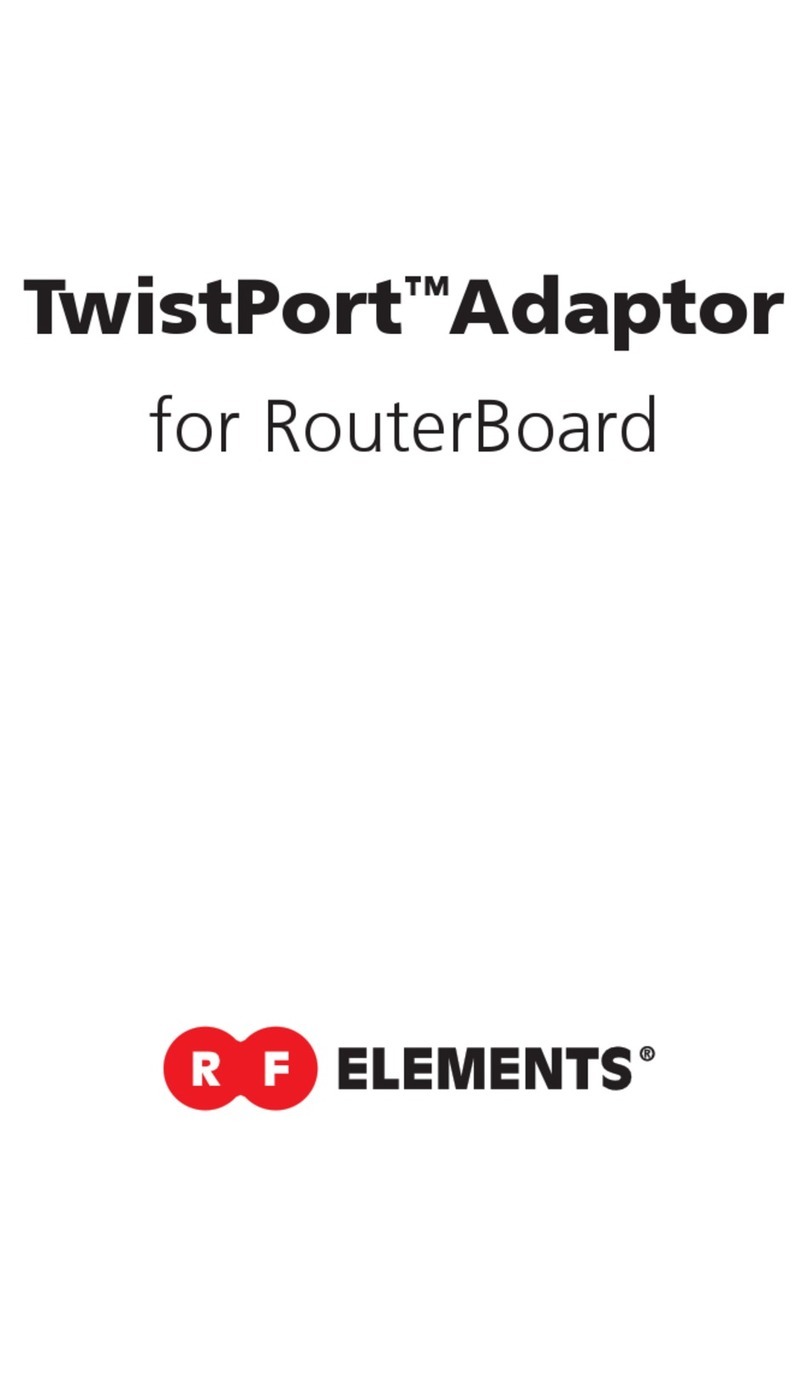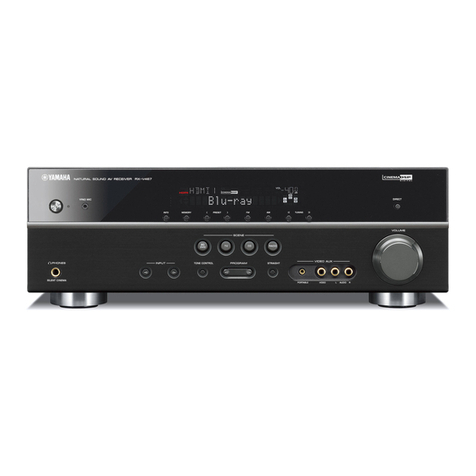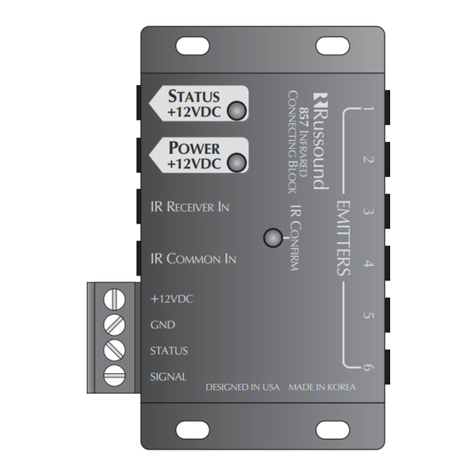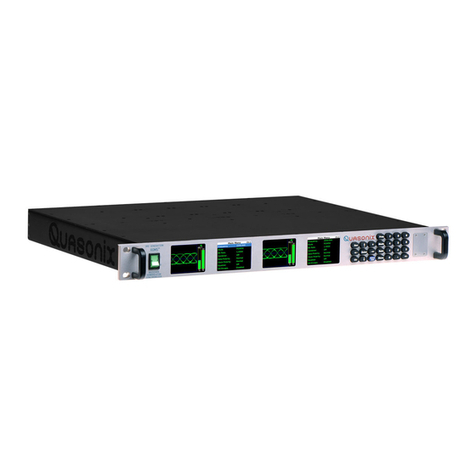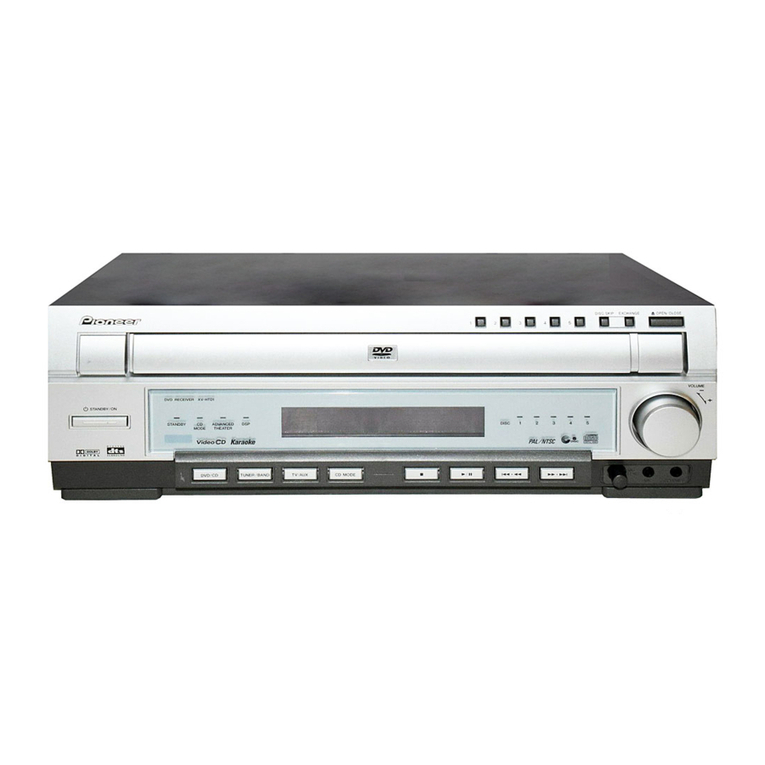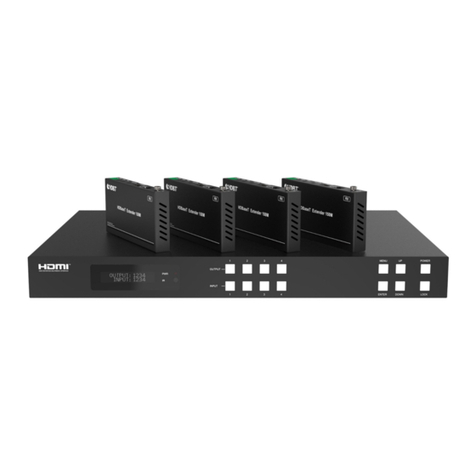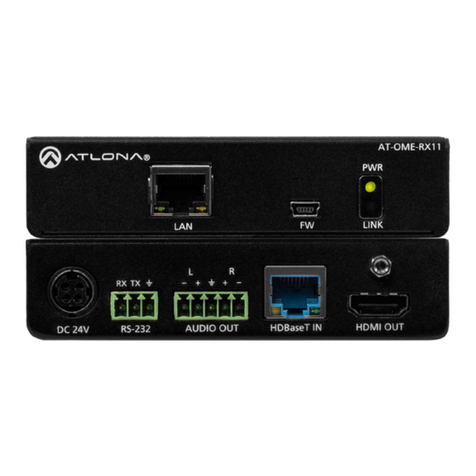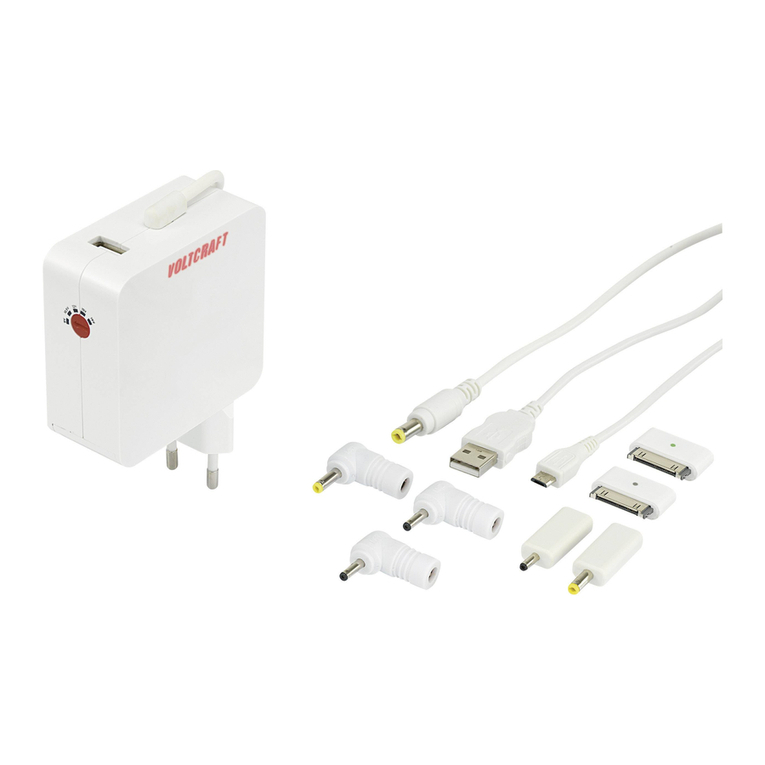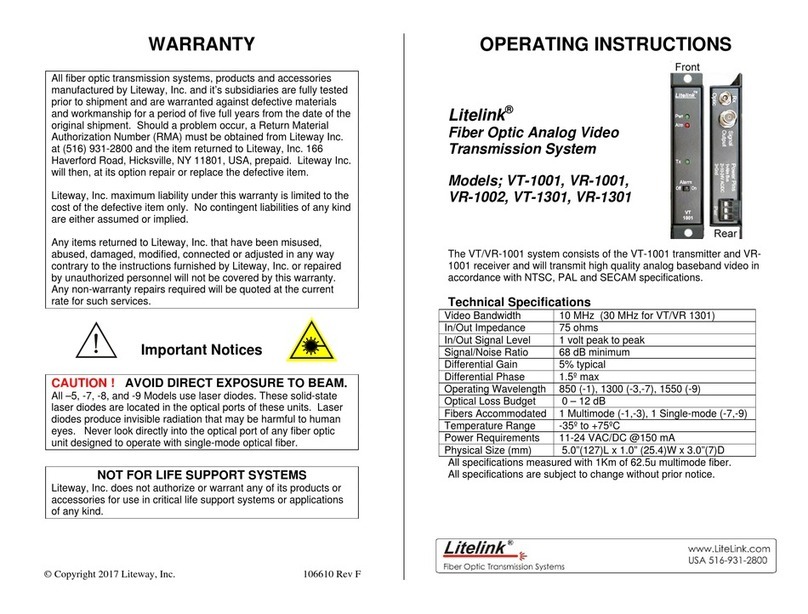3
HCD-X1
•Theinstructions in this manual describe the
controls on the remote. You can also use the
controls on the system if theyhave the same or
similar names as those on the remote.
•The Control Menu items may be different
depending on the area.
•“DVD” may be used as a general term for
DVD VIDEOs, DVD+RWs/DVD+Rs, and
DVD-RWs/DVD-Rs.
•Measurements are expressed in feet (ft) for
North American models.
•Thefollowing symbols are used in this
manual.
*MP3 (MPEG1 Audio Layer 3) is a standard format
defined by ISO/MPEG which compresses audio
data.
The “DVD VIDEO” logo and “DVD-RW” logo are
trademarks.
*1Except for multi-channel playback area.
*2CD text data can be displayed (album title only).
Note about CDs/DVDs
The system can play CD-ROMs/CD-Rs/CD-
RWs recorded in the following formats:
–audioCDformat
–videoCDformat
About This Manual
Symbol Meaning
Functions available for DVD
VIDEOs, DVD-Rs/DVD-RWs in
video mode, and DVD+Rs/
DVD+RWs
Functions available for DVD-RWs
in VR (Video Recording) mode
Functions available for VIDEO
CDs (including Super VCDs or CD-
Rs/CD-RWs in video CD format or
Super VCD format)
FunctionsavailableforSuperAudio
CDs
Functions available for music CDs
or CD-Rs/CD-RWs in music CD
format
Functions available for DATA CDs
(CD-ROMs/CD-Rs/CD-RWs
containing MP3* audio tracks and
JPEG image files)
This System Can Play the
Following Discs
Format of
discs Disc logo
DVD VIDEO
DVD-RW
VIDEO CD
Super Audio
CD*1
Audio CD*2
CD-R/CD-RW
(audio data)
(MP3 files)
(JPEG files)
–MP3audiotracks, JPEG image files, and
DivXvideo files of format conforming to ISO
9660 Level 1/Level 2, or its extended format,
Joliet
The system can play DVD-ROMs/DVD+RWs/
DVD-RWs/DVD+Rs/DVD-Rs recorded in the
following formats:
–DivXvideofiles of format conforming to
UDF.
Example of discs that the
system cannot play
The system cannot play the following discs:
•CD-ROMs recorded in PHOTO CD format
•Datapart of CD-Extras
•DVD Audios
•DVD-RAMs
•ADVD VIDEO with a different region code.
•Adiscthat has a non-standard shape (e.g., card
shaped, heart shaped).
•Adiscthathas a commercially available
accessory attached, such as a label or ring.
•Anadaptertoconvert an 8 cm disc to standard
size.
•Adisc with paper or stickers on it.
•Adiscthathas the adhesive of cellophane tape
or a sticker still left on it.
Notes about CD-R/CD-RW/DVD-R/
DVD-RW/DVD+R/DVD+RW
In some cases, CD-R/CD-RW/DVD-R/DVD-RW/
DVD+R/DVD+RW cannot be played on this system
due to the recording quality or physical condition of the
disc, or the characteristics of the recording device and
authoring software.
The disc will not play if it has not been correctly
finalized. For more information, see the operating
instructions for the recording device.
Note that discs created in the Packet Write format
cannot be played.
Music discs encoded with
copyright protection
technologies
This product is designed to play back discs that
conform to the Compact Disc (CD) standard.
Recently, various music discs encoded with copyright
protection technologies are marketed by some record
companies. Please be aware that among those discs,
there aresome thatdo not conform to the CD standard
and may not be playable by this product.
Note on DualDisc
A DualDisc is a two sided disc product which mates
DVD recorded material on one side with digital audio
material on the other side. However, since the audio
material side does not conform to the Compact Disc
(CD) standard, playback on this product is not
guaranteed.
Note about DVD-RW (Except for
U.S./Canadian/European models)
Images in DVD-RWs with CPRM
*protection may not
be played if they contain a copy protection signal.
“Copyright lock” appears on the screen.
*CPRM (Content Protection for Recordable Media) is
a coding technology that protects the copyright of
images.
Label
Ring
Adapter
